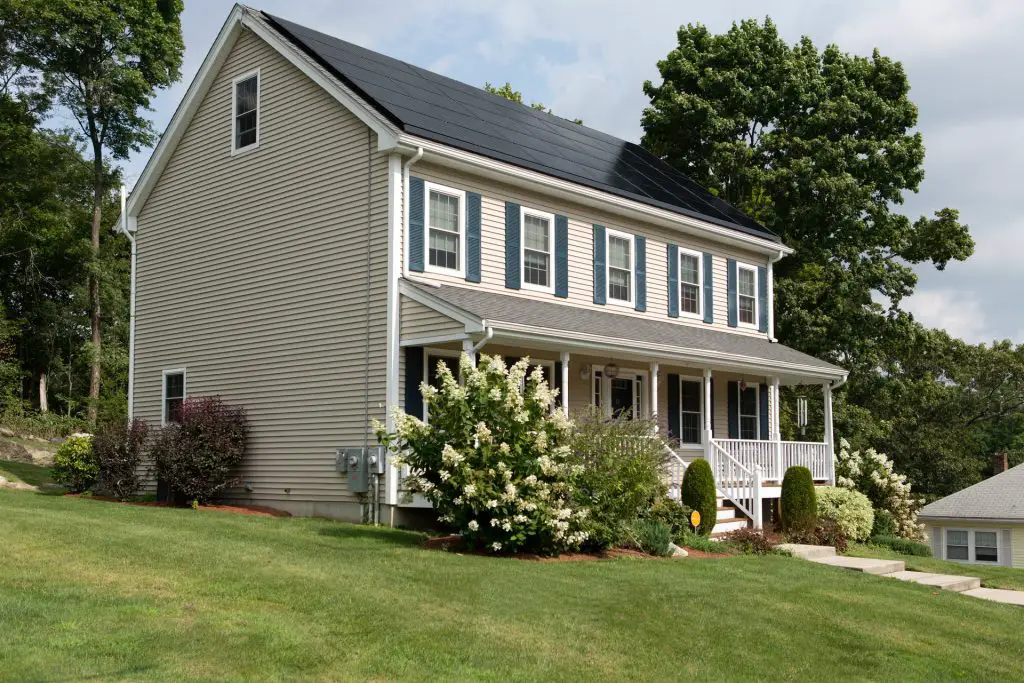Many believe that installing solar photovoltaic (PV) panels is prohibitively expensive. However, solar power has already reached grid parity in many utility markets. This means installing PV panels is technically cheaper than sticking exclusively with the utility company.
At least in the long run.
The question is, how do you cover the upfront cost of installing solar panels so you can begin enjoying utility bill savings? This article outlines proven ways to find the perfect solar PV installation for any budget.
The Power of Solar Incentives

In the U.S., a standard 5kW residential solar installation can cost anywhere from $10,000 to $20,000. That’s a lot of money, with most homeowners not having the cash on-hand to cover an expense this large.
However, thanks to local, state and federal government incentives, virtually no one pays full price for solar:
- The Solar Investment Tax Credit (ITC) provides a generous credit that makes your entire PV system 30% cheaper than it would be otherwise. If installing PV panels costs $20,000 upfront, the Solar ITC allows you to reduce your IRS tax bill for the year by a whopping $6,000.
- Some states, cities and utility markets offer solar rebates — i.e., cash back when you install PV panels on your home or business. These are highly regional programs, but it’s not uncommon to receive several thousands of dollars in some jurisdictions.
Even if you combine multiple incentives, the upfront cost might still be beyond reach. Continue reading to understand how solar financing can help make PV panels a lot more affordable.
The Impact of Solar Financing

Cash is the simplest and cheapest way to pay for a new PV installation. However, low-interest solar loans are a great option for those who don’t have the upfront cash to move forward. Here’s generally how it works: You borrow the necessary funds from a specialized lender, and then you use your monthly utility bills to pay down the loan until the solar installation is fully yours.
Note that with this approach, you’re never technically paying anything out-of-pocket. In fact, most repayment schedules are designed so that you always save a little money extra month — even as you’re paying down the loan balance.
Solar leases and power purchase agreements (PPA’s) represent other popular financing options. In both cases, you receive a brand-new PV installation for free (or nominal charge). Thereafter, you essentially rent the system, only paying for the solar power generated and/or consumed.
Similar to solar loans, these monthly payments are structured so that they are less than what you used to pay to your utility provider. So, you begin saving instantly — financially and environmentally.
However, because you’re renting the system, it will never truly be yours. This means most of the solar incentives out there won’t come to you directly. Plus, when you lease your PV panels, you never technically break even. You’re simply buying electricity from a cheaper (and cleaner) source.
Are Solar Panels Right for You?

Because every commercial and residential property is different, how much you’ll pay to go solar depends on a lot of factors. However, with green incentives and solar panel financing, PV technology is now within easier financial reach for a growing portion of the population.
With utility rates rising and PV panel prices falling, the question soon becomes whether you can afford not to go solar.
Fortunately, most property inspections from certified solar contractors are free. You have nothing to lose by scheduling appointments, crunching the numbers, and seeing whether there is a solar installation that might fit your budget and energy goals.
Thanks to all the companies linked above.
























